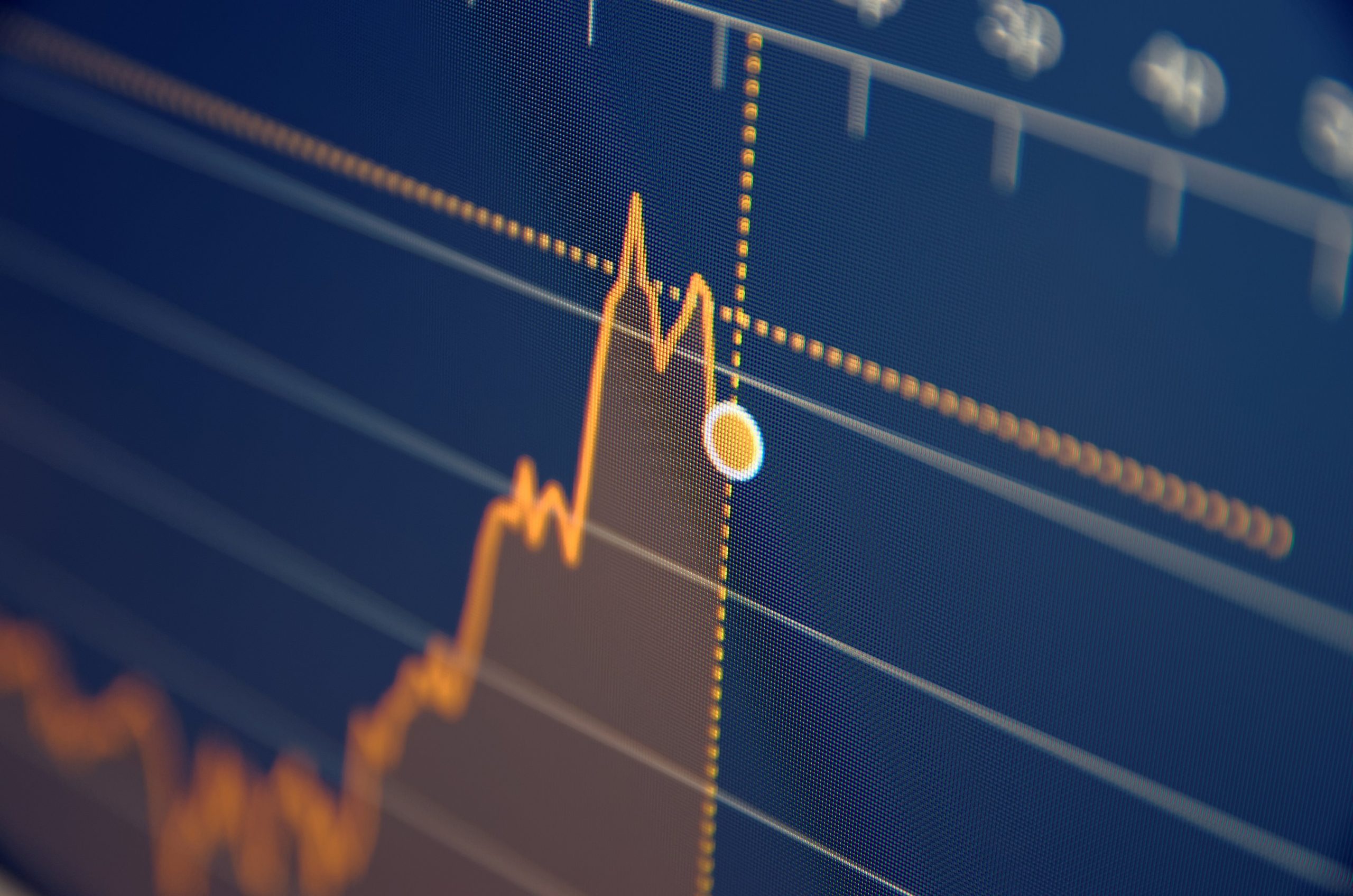by Brian S. Wesbury – Chief Economist & Robert Stein, CFA – Deputy Chief Economist, First Trust Portfolios
At the heart of our assessment of the stock market is our Capitalized Profits Model.
That model takes economy-wide profits (excluding profits or losses generated by the Federal Reserve) quarter by quarter going back nearly seventy years and discounts those profits by the 10-year Treasury Note yield in each of those quarters. We then compare discounted profits in those quarters with discounted profits today, putting equal weight on every previous quarter, and using that average to estimate value.
At Friday’s close, the 10-year Treasury was yielding 4.24%. Plugging that yield into the model (and assuming profits remain at the same level as they were in the first quarter) suggests a fair value for the S&P 500 of 3,170, substantially lower than the Friday close of 4,406.
It's important to recognize that the Cap Profits Model isn’t a “trading” model. You shouldn’t use it day-to-day; stocks can remain significantly overvalued or undervalued for prolonged periods of time. However, the model can be used to gauge how attractive stocks are relative to normal.
Today, stocks look expensive. Moreover, when we review what would have to happen for the model’s estimate of fair value to rise to where the stock market is today, it looks even more likely that stocks will face headwinds in the year ahead.
One way to bring fair value up to Friday’s close of 4,406 would be for the 10-year yield to drop to 3.05%. But what do the economy as a whole and profits in particular look like in a scenario with a much lower long-term bond yield? The yield curve would be very deeply inverted and nominal GDP growth would have to be either much slower or expected to slow substantially in the near future. In turn, that would probably mean weaker profits.
Another way for the model to project a fair value for stocks at 4,406 would be for profits to rise 39% while the 10-year holds around 4.24%. What makes this absurd is that a world in which profits surge 39% is one where the 10-year yield is almost certainly higher, because nominal GDP growth is much higher as well. Between the end of 2019 (pre-COVID) and Q1(2023) profits are already up 24%. Another 39% gain would put profits relative to GDP well above where they’ve been during the entire post-World War II era.
So, if a large drop in the Treasury yield would likely come with a recession and lower earnings, and a sharp increase in profits would likely mean higher long-term interest rates, the market is stuck at current levels. And this, in our opinion, leaves only one main mechanism to bring actual stock prices and fair value back toward alignment: a drop in equity values.
Again, don’t use the model as a reason to sell all your stocks today; that would be foolish. Investors should be focused on their long-term goals and their appetite for risk. The model is telling investors they should be at least a little wary and should allocate to sectors that are cheap relative to the market as a whole. Allocation is always important, and doubly so under conditions like these.
Brian S. Wesbury – Chief Economist
Robert Stein, CFA – Deputy Chief Economist
Click here for a PDF version
Copyright © First Trust Portfolios
















